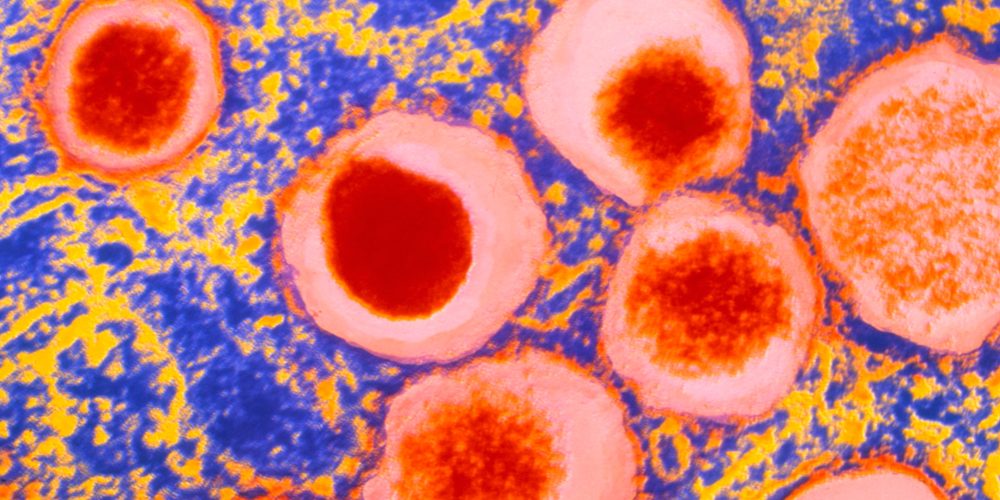Incretins in Metabolic Disease: Pathophysiology and Therapy
 There is currently significant attention surrounding glucose-lowering drugs based on incretins, a group of hormones released from the intestine that play a vital role in regulating whole-body glucose metabolism. Exendin-4, a peptide constituent of the venom of the Gila Monster first isolated in the 1990s, is structurally similar to the incretin hormone glucagon-like peptide-1 (GLP-1) and has been found to stimulate insulin secretion, suppress glucagon release and enhance satiety. These potentially beneficial effects for whole-body glucose metabolism and the realisation that exendin-4 could be used as a basis for the development of GLP-1 receptor agonists (GLP-1RAs) fuelled interest to develop incretin-based therapies in type 2 diabetes. The following decades have heralded novel insights into the biology of incretins and generated several glucose-lowering drugs. In this special issue we summarise the state-of-the-art knowledge about incretins, from basic biology and treatment modalities to socioeconomic aspects of novel therapies.
There is currently significant attention surrounding glucose-lowering drugs based on incretins, a group of hormones released from the intestine that play a vital role in regulating whole-body glucose metabolism. Exendin-4, a peptide constituent of the venom of the Gila Monster first isolated in the 1990s, is structurally similar to the incretin hormone glucagon-like peptide-1 (GLP-1) and has been found to stimulate insulin secretion, suppress glucagon release and enhance satiety. These potentially beneficial effects for whole-body glucose metabolism and the realisation that exendin-4 could be used as a basis for the development of GLP-1 receptor agonists (GLP-1RAs) fuelled interest to develop incretin-based therapies in type 2 diabetes. The following decades have heralded novel insights into the biology of incretins and generated several glucose-lowering drugs. In this special issue we summarise the state-of-the-art knowledge about incretins, from basic biology and treatment modalities to socioeconomic aspects of novel therapies.

Incretins: turning the venom into the antidote - published online 18/08/2023
Anna Krook & Hindrik Mulder
The expanding incretin universe: from basic biology to clinical translation - published online 28/03/2023
Daniel J. Drucker & Jens J. Holst
Incretin hormones and type 2 diabetes - published online 11/07/2023
Michael A. Nauck & Timo D. Müller
Gut hormone-based pharmacology: novel formulations and future possibilities for metabolic disease therapy - published online 20/05/2023
Matthias Tschöp, Ruben Nogueiras & Bo Ahrén
Incretins beyond type 2 diabetes - published online 08/08/2023
Chantal Mathieu & Iraj Ahmadzai
Incretins and cardiovascular disease: to the heart of type 2 diabetes? - published 05/08/2023
Anna Solini, Domenico Tricò & Stefano Del Prato
Incretins and microvascular complications of diabetes: neuropathy, nephropathy, retinopathy and microangiopathy - published online 19/08/2023
Jonathan Goldney, Jack A. Sargeant & Melanie J. Davies
The future of incretins in the treatment of obesity and non-alcoholic fatty liver disease - published online 27/07/2023
Christine R. Andreasen, Andreas Andersen & Tina Vilsbøll

